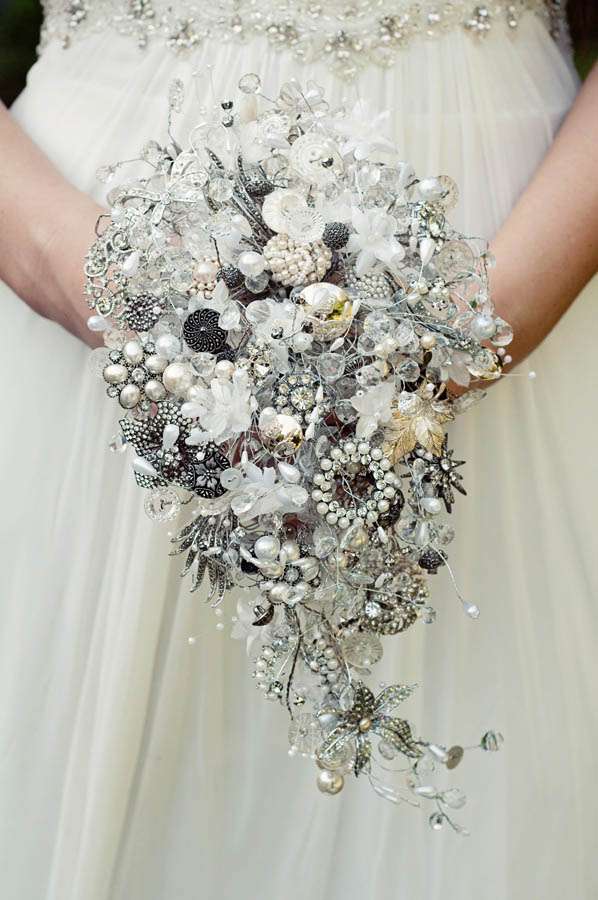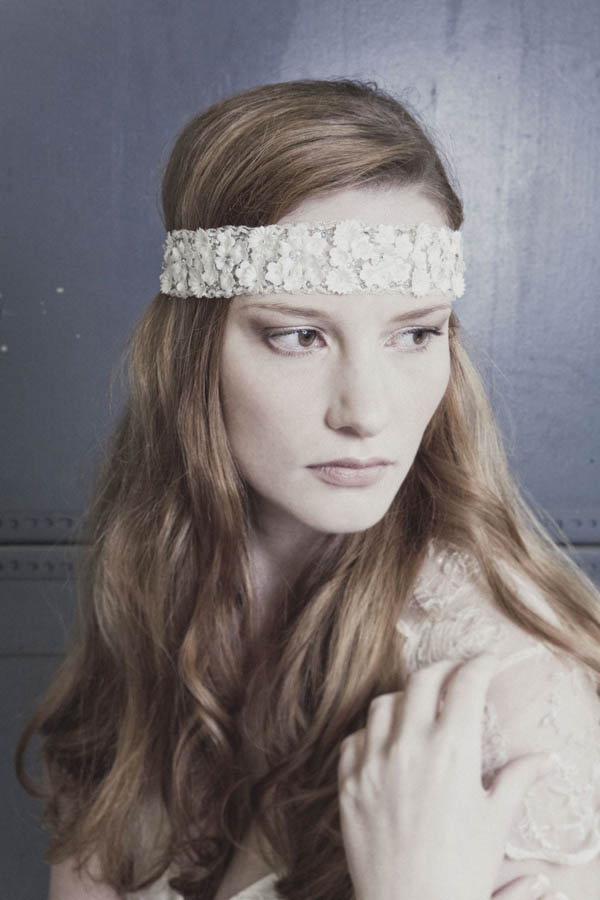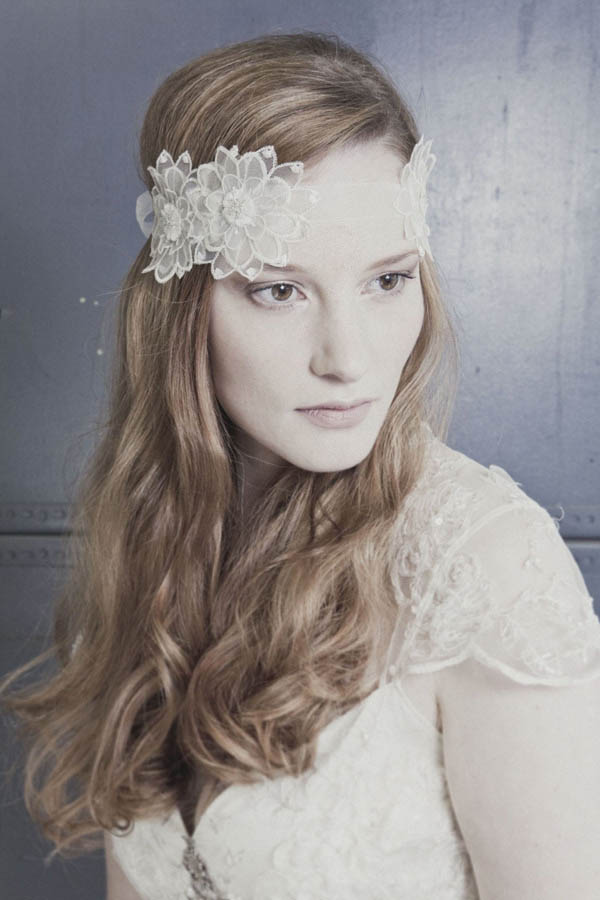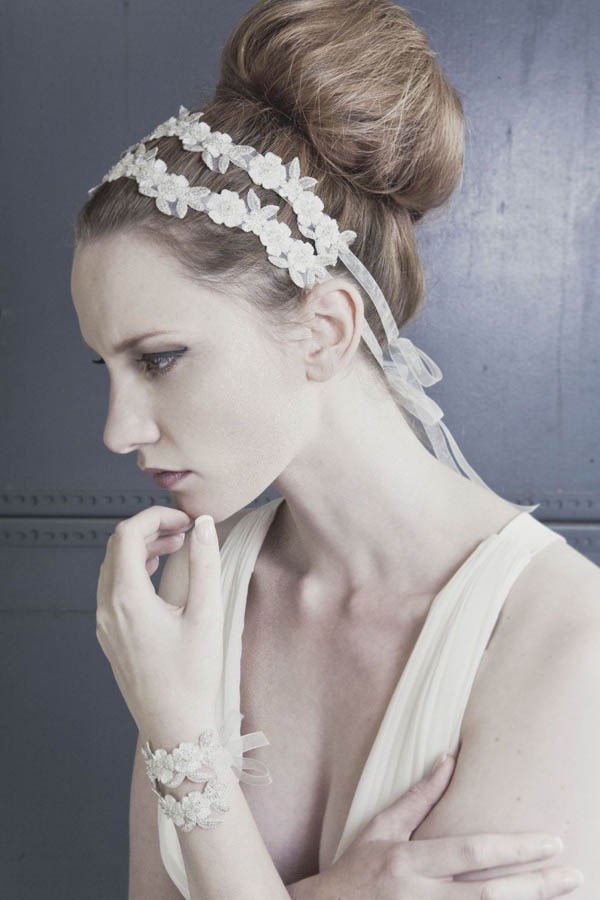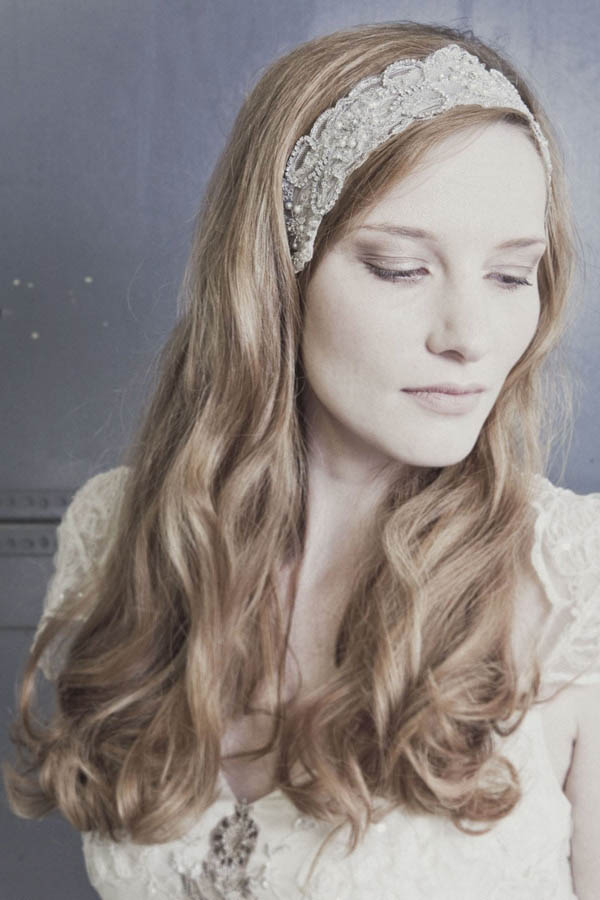“Teardrop shower jewellery bouquet”
Photography Credit: Emma Case Photography
Before I entered the heady world of the wedding industry I worked for nearly two decades (gulp) as a journalist. I worked as a reporter and then news editor on regional weekly and daily newspapers and also wrote health and beauty features for a glossy magazine – all of which means I have spent a frightening proportion of my life reading press releases.
Press releases are a great way of sending information and news about your company, product or service to journalists and bloggers quickly and easily. While it is no substitute for face-to-face meetings, a well-written press release backed up by strong images is a godsend to busy journalists who don’t have time for countless meetings and networking events and can just cut and paste your copy into a last-minute gap on a page. On the other hand, a poorly-written or presented press release can do more damage than good, leaving the recipient tearing their hair out, reaching for the delete button or, in the very worst cases, blacklisting the sender for being rude and stalker-ish (no really…)
“Brigitte”
Now I’m running my own vintage brooch bouquet and headpiece company, the shoe is on the other foot and I find myself writing and sending press releases to journalists. I now realise more than ever the importance of this medium. To do it well is a time-consuming job – that’s why public relations professionals exist, and why it will be one of the first elements of my business I outsource when the time comes. I truly believe that hiring a good PR is money well-spent, especially if you can find one with good journalist/blogger contacts within your chosen industry. If you can’t afford to pay for a PR firm there’s still no reason anyone with a computer can’t send a perfectly professional release – and so I’ve put together a few tips below to help get you started.
Of course I’m not pretending to have all the answers – there are many variables which will dictate whether your release, no matter how well-written, is used – these can include whether a competitor launches a bigger, better product at the same time as you, whether you advertise with the outlet or not, or simply whether your product is good enough.
I’m sure there are plenty of Green Room readers who have their own experience of sending, receiving and writing press releases – so please share away in the comments!
“Clara”
What are you selling?
A press release is all about selling your product or service and so you need to identify what you want the recipient to publicise. If you’re a new company it might be as simple as introducing yourself to their readers, if you’re more established you might want to publicise a new collection or product. Either way, you need to identify your unique selling point – what is the special thing that makes your photography business/latest headpiece stand out amongst all the other hundreds of people who are also photographers/ headpiece designers?
Who are you selling to?
Consider who your customers are – and what media they read. Once you know your market – for example budget, vintage, alternative, high end – you can start to identify which blogs/magazines/papers they are likely to read. If you’re selling low-budget products pick outlets that actively promote bargain buys. If you’re all about exclusive high-end products or services aim for titles that focus on luxury products.
READ the blog or magazine you plan to submit your release to to ensure that what you are sending has a chance of being featured – if the person you’re submitting to only ever features styled shoots and real weddings you’re wasting everyone’s time by sending them a release about your new collection of poetry-embossed wedding chair covers.
Once you’ve found the outlets that fit your product KEEP READING THEM to stay up to date with what they’re writing about – if you write to them suggesting a feature they’ve just done they’ll know you’re not a regular reader, which is a bit of a blow to the journalistic/blogger ego! If you read a blog/magazine regularly you’ll find it much easier to tailor a release to their style and to think up new angles or ideas for a feature that they would like.
“Daisy”
Also bear in mind whether the blogs or magazines you want to approach look for exclusive content – if you have a special shoot or product launch you might want to offer it on an exclusive basis to a magazine or blogger first and then send press releases out afterwards to the remaining titles.
If your products never get featured but your competitor’s do don’t waste time on jealousy, instead look constructively at what they have done differently – are their pictures better, does their product or service have an interesting ‘angle’ that has made them particularly attractive? Once you’ve identified what they have done better use this as inspiration to improve the way you market yourself. Inspiration is key here – don’t just copy feature angles or photograph ideas – the best way to avoid the delete button is to send something new and interesting, rather than a carbon copy of something that’s already been done.
Quality not Quantity
Don’t bombard bloggers/journalists with releases, emails and phone calls. If your product and imagery is strong they will use it. If they don’t use it a thousand follow-up phone calls or emails are more likely to annoy than persuade someone to feature you.
In today’s busy world of tight deadlines and staffing shortages a press release that can be literally cut and pasted into a gap on a page can be a godsend for journalists – and also means that you get your message across completely undiluted!
“Evita”
Variety is the spice of life
Once you’ve sent your first general press release introducing your business to a media outlet don’t bore them by sending the same release every few months. Don’t send another release until you have something new to say – whether it’s a new product or service, or an existing product that is particularly relevant to a new trend or style.
Make it personal
Everyone wants to feel special and the easiest way to make a press release personal is to send a covering letter (when sending via post) or to write a personal email to the recipient and attach your press release. Find out who would deal with your product/service and address your email to them by name. If you can, get to know them through Twitter or networking events – it’s always nicer to receive an email from a friendly face than from a complete stranger.
In your personalised note briefly sum up what your release is about – and WHY you think they and their readers will be interested in it.
You can also tailor your press release to the person you’re sending it to. For example when sending information about a product to budget magazines highlight bargain prices, and when sending information to a luxury magazine highlight the high quality and unique design of your product. When sending to a local news outlet play on the fact that you are local to them.
“Mae”
It’s all about the image
This is where presentation comes in. If you want to be taken seriously you need to send a professional-looking press release with good, strong, arresting photographs of your products.
If you’re sending a release by post and your branding is luxurious or high end, reflect that in your stationery with high quality paper stock and design. If your business is more handcrafted or DIY you can reflect that in your packaging too. Emails are of course free and it’s easy to insert a logo and a couple of images into a press release on a Word document and make it look professional and unique to you.
If you can afford it, think about sending a sample of your product with your press release – everyone loves a present!
Press release vital statistics
♥ Give your press release a title – you need to think short, sharp and to the point to make the recipient read on. You can also be a little intriguing to make them curious about your product but don’t be too mysterious as the whole point of a title is to draw the reader in not confuse them!
♥ Be clear and concise. Include as much information as possible without being boring or repetitive. Try and ensure your text is no more than a single A4 sheet long. If you embed a logo and images two pages is fine, but any more and you risk bombarding your reader with too much information which is as much of a turn-off as a badly-written release that doesn’t contain enough information.
♥ Use quotes. I usually provide two or three sentences of quotes attributed to myself which the journalist can use when writing about my product or service. This can be explaining how your service works, giving the background to your inspiration for your latest design or explaining why your product is unique – anything that gives your release a ‘human’ element. Quotes make a piece of writing more interesting and including them in your release makes it more likely that it will be used.
“Natalia”
♥ Make sure you include your company name, a contact name, website, email address and telephone number. If you’re selling a particular product include its name, a good description, its price and where it can be bought.
♥ Write an ‘editor’s note’. This goes at the end of your release (I usually highlight this bit in bold) and should contain contact details for whoever deals with your company’s publicity as well as any other information such as whether you can provide high res images or product samples.
♥ After you’ve written your release wait 24 hours and read it again – looking at it with fresh eyes will make it easier to spot mistakes and boring repetition. Spellchecking is also vital if you want to look professional. If you can, let a friend read your release before you send it. Ask them if they understand it, and if they have any questions after reading it, and this will help you spot whether there is any vital information missing.
♥ When emailing a release give it an interesting subject field to ensure it isn’t deleted without being read. Think of something that makes your product unique and worth reading about – if you’re sending pictures of your new headpiece designs think about what makes them stand out from the hundreds of other new headpiece designs that could be being sent to the same recipient that week. If you’re writing to a local news outlet make it clear you are a local business straightaway – few people do and it often means their releases are binned immediately.
♥ Don’t send massive pictures – if you jam the recipient’s inbox with a mass of high res images you’re just going to annoy them. Send small images that show off your product and whet their appetite – if they like what they see they’ll ask for the high res versions.
You can see an example of one of my press releases here which I sent out in November last year and was picked up by lots of magazines. I hope it helps to get you started!

Debbie Carlisle is a former journalist who now works full time designing and making luxury vintage jewellery wedding bouquets and vintage and vintage – inspired headpieces and cuffs with a modern twist. Visit her website at www.dcbouquets.co.uk. Thanks to her expert press release writing skills she has been featured on Rock n Roll Bride, Rock my Wedding, Boho Weddings and in Brides Magazine, Wedding Magazine, Wedding Ideas Magazine, Attire Bridal Magazine, Make Jewellery Magazine, as well as in regional bridal and lifestyle magazines and newspapers.

